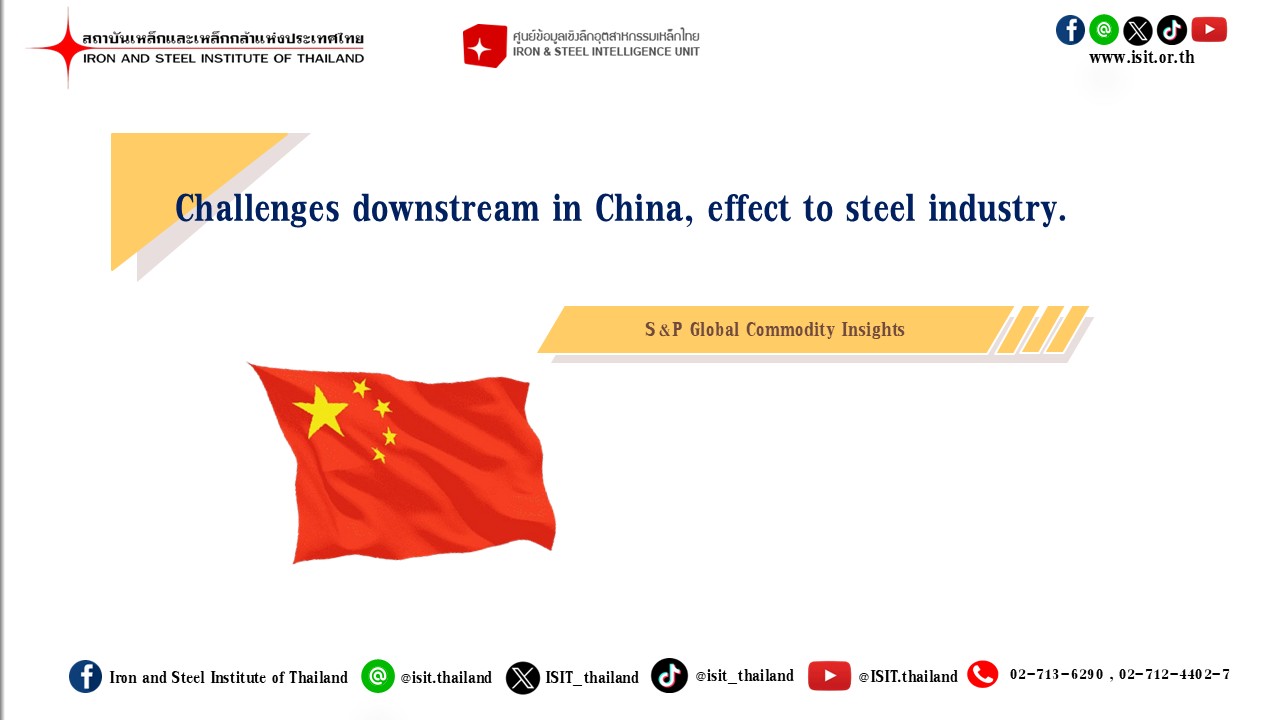
The steel sector’s struggles reflect broader economic headwinds, particularly as the infrastructure sector, which is usually a tool to offset the downward pressure on China’s economy, also contracted, National Bureau of Statistics data showed.
Infrastructure accounts for around 27% of China’s total steel consumption, according to estimates by S&P Global Commodity Insights.
The infrastructure sector’s investment in October fell 8.9% year over year, according to NBS data, the fourth consecutive month that the investment fell below the year-ago level. The infrastructure investment over January-October fell by 0.1% year over year.
China issued approximately Yuan 3.965 trillion in local government special bonds over January-October, up about 1.3% year over year, according to Xinhua News.
The local government special bonds were primarily designed for funding infrastructure construction. However, according to a report by Xinhua News, the special bonds in 2025 have increased the portion of land reserves, the acquisition of existing idle land, and the purchase of existing commercial housing for the purpose of providing affordable housing.
According to a China-based mill source and a trader, actual spending on infrastructure construction was not as robust as last year because a portion of the local government special bonds was used to replace existing local government debts.
The automotive sector, an indicator of consumer goods consumption in China, also weakened in early November, with passenger car retail sales totaling 415,000 units over Nov. 1-9, down 19% year over year and 4% month over month, according to China Passenger Car Association data.
The association attributed the decline to a high base effect from last year and tightened government subsidies for consumer goods trade-ins in certain regions.
Four China-based traders said the country may require stronger fiscal and monetary stimulus to bolster both the construction and consumption sectors.
However, the prevailing market consensus suggests that no additional stimulus measures are expected until early 2026. As a result, current market sentiment remains subdued and steel prices are likely to continue fluctuating within a narrow range, according to several China-based traders and mill sources.
“Our December quarter rebar forecast is now Yuan 3,149/mt, down from our previous view of Yuan 3,183/mt, but we have maintained our March 2026 quarter forecasts at Yuan 3,407/mt for HRC and Yuan 3,267/mt for rebar,” said Paul Bartholomew, lead ferrous metals analyst at S&P Global Commodity Insights.
“Looking into 2026, we expect any price upside will occur in the March quarter of 2026 and soften over the year’s second half.
Again, it seems that any big price upward movement is likely to come from policy announcements, some action on addressing overcapacity as part of the ‘anti-involution’ policy, and sentiment rather than from fundamentals, which we think will be largely similar to 2025,” he said.